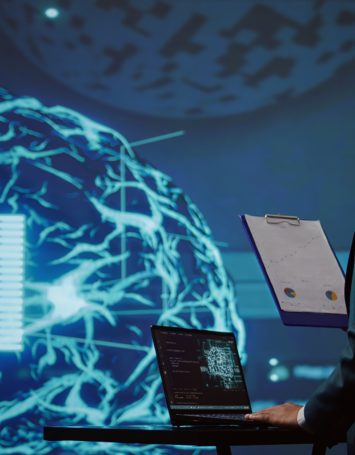Written by: Caleb Gilliam-Scott
The European Patent Office (EPO) Guidelines for Examination have undergone their annual update and entered into force on 1st March 2024. The new Guidelines highlight a potential necessity for stronger disclosure requirements concerning Artificial Intelligence (AI) related inventions.
It is already established in European prosecution that a patent disclosure is insufficient if a person of ordinary skill in the art must conduct a research programme based on trial and error to reproduce the results of the invention, with limited chances of success.
The amended Guidelines at F-III, 3 now provide a concrete example in the context of Artificial Intelligence:
“… if the mathematical methods and the training datasets are disclosed in insufficient detail to reproduce the technical effect over the whole range claimed … Such a lack of detail may result in a disclosure that is more like an invitation to a research programme.”
However, a corresponding update to the Guidelines at G-II, 3.3.1 states that:
“The technical effect that a machine learning algorithm achieves may be readily apparent or established by explanations, mathematical proof, experimental data or the like. While mere allegations are not enough, comprehensive proof is not required, either. If the technical effect is dependent on particular characteristics of the training dataset used, those characteristics that are required to reproduce the technical effect must be disclosed unless the skilled person can determine them without undue burden using common general knowledge. However, in general, there is no need to disclose the specific training dataset itself.”
Thus, the position of the EPO seems to be that whilst there is no need to disclose the specific training data set, the description of the training set must be sufficiently disclosed.
Some cautious Applicants may well think that the best way to avoid an insufficiency issue would be to incorporate the training data set as part of the application, similar for example to the way in which biological sequence listings can be included in patent applications for the field of biotechnology. However, the sheer size of data on which AI may be trained renders the feasibility of including the dataset as an annex to a patent application impractical. There may also be possible privacy or copyright issues relating to publishing such data sets, not to mention that data can be a valuable and proprietary asset in itself (take for example the sui generis database right available in the EU and UK).
While the Guidelines have been updated, no announcement has been made on an update to the collected Case Law of the Boards of Appeal, the online-only publication which collects useful decisions issued by the EPO, currently in its 10th edition. One AI decision handed down since the last update, which spans decisions up until the end of 2021, is that:
“A neural network defines a class of mathematical functions which, as such, is excluded matter. As for other “non-technical” matter, it can therefore only be considered for the assessment of inventive step when used to solve a technical problem, e.g. when trained with specific data for a specific technical task.” (T0702/20, headnote)
Thus, the EPO is seen more and more to move to consider the patentability of AI only when trained on specific data for specific technical tasks. Whether such restrictions will be relaxed in the wake of the increasing number of AI-related inventions remains to be seen.



